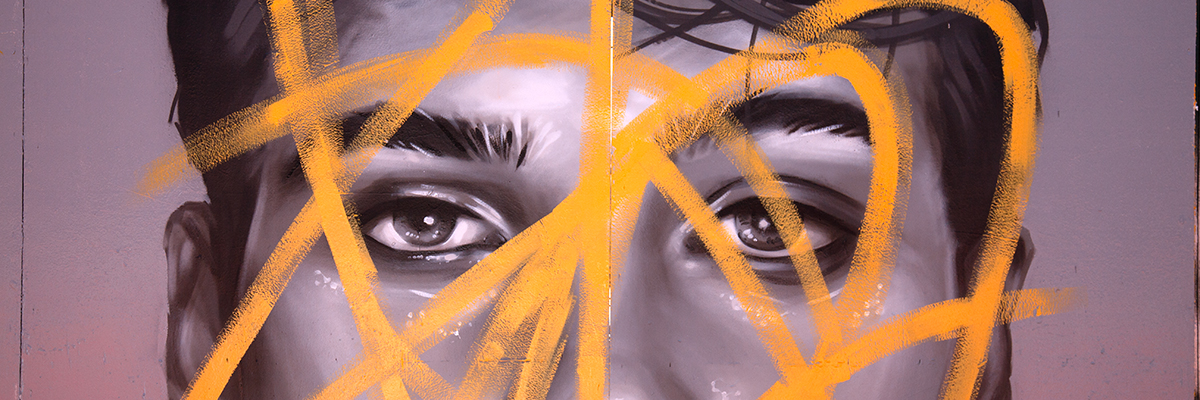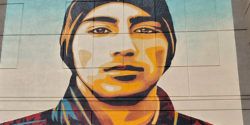“Graffti inserts itself like the blade of a knife between creation and destruction, between publicity and furtiveness, between word and image, cartoon, icon, and hieroglyph. Beyond its incorporation of actual characters—Doctor Doom, Underdog, Cheech Wizard—the words and letters themselves slide toward mummery or Kabuki, cloaking their sense in costumes, in masks. That its meaning is inchoate is part of the point. If you can explain it, you probably don’t understand.” – Jonathan Lethem
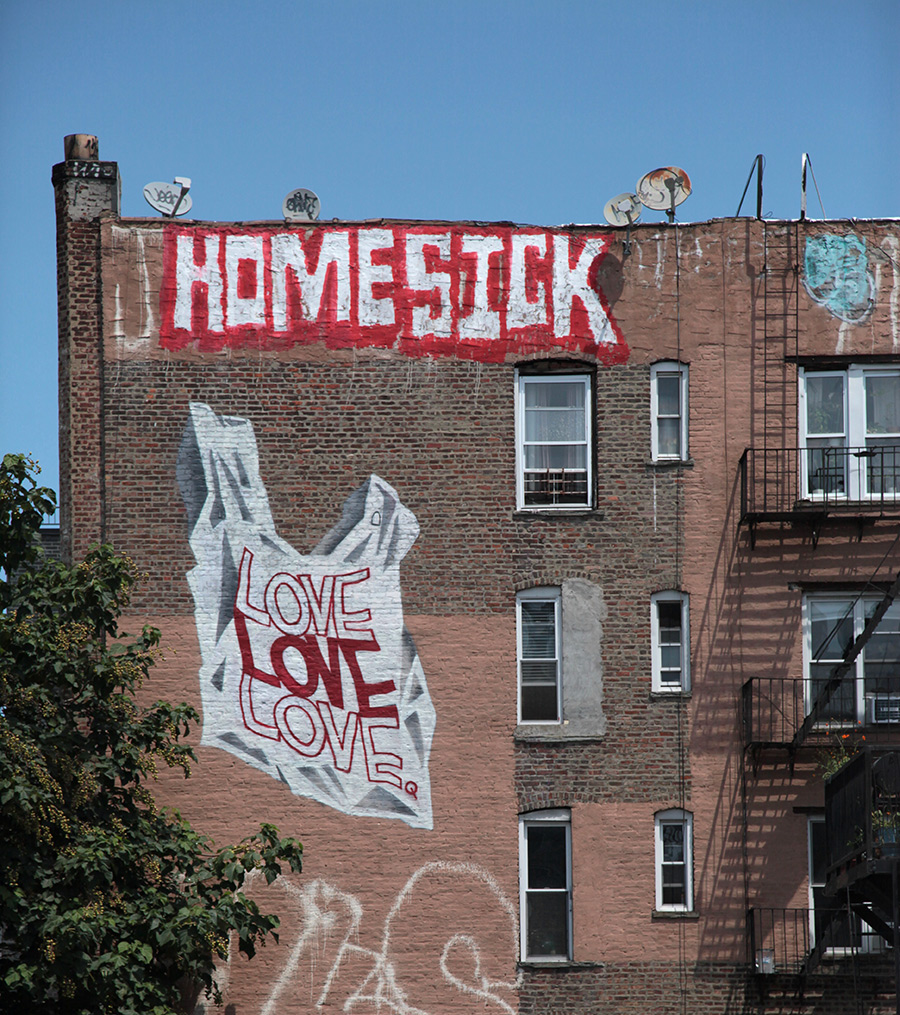
“When Art Talks Back: Jonathan Lethem on Graffiti As Visual and Written Expression” : We’re linking here to a recent article by Lethem on Lit Hub by way of highlighting his unique entryway into a scene that belongs to anyone and no one. He looks at the complex relationship between graffiti and the urban environment of New York City, especially during the era of rapid gentrification. Through personal experiences with graffiti, he discusses how it functions as both a visual and verbal form of expression, a dialogue with the city.
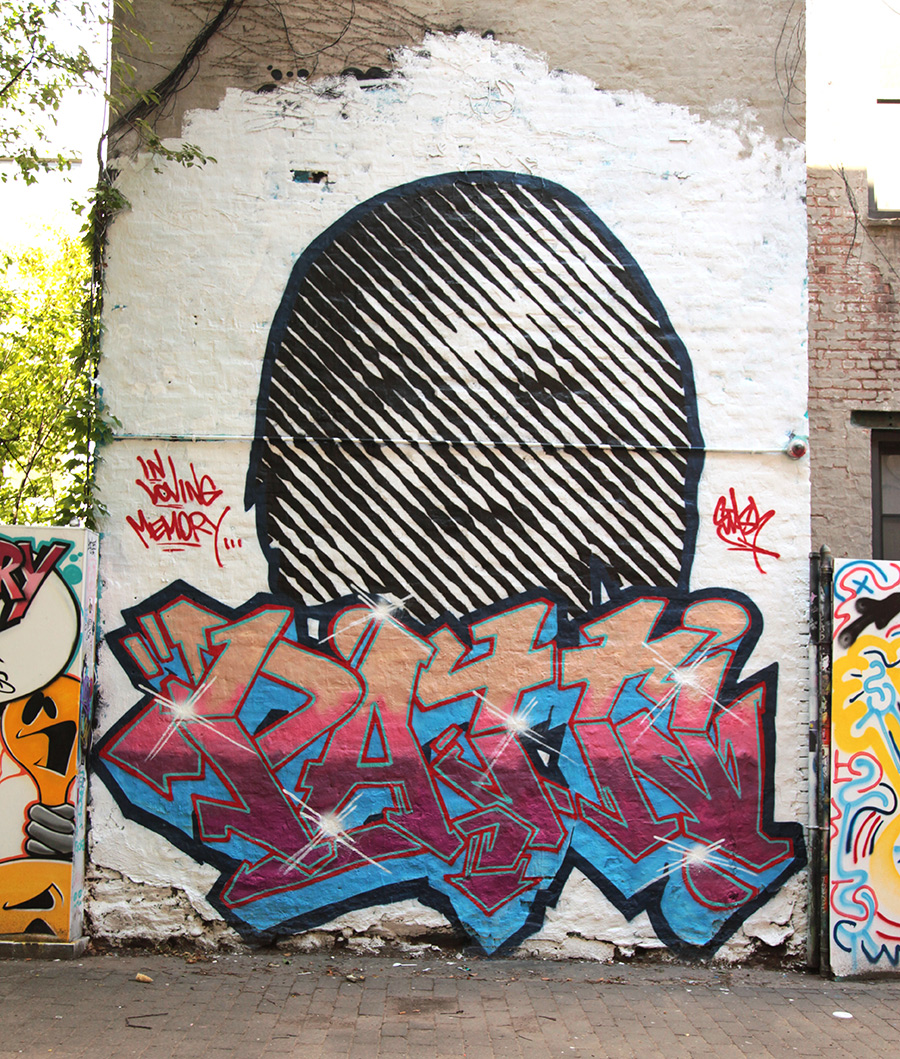
In his essay, Lethem speaks of graffiti as a historical and cultural response to the changing landscape of New York, characterizing graffiti as an act of “shouting back” at the erasure of old urban layers and the imposition of new ones. His perspective highlights how graffiti serves as a historical marker and a form of cultural resistance against the forces of urban renewal and homogenization. Additionally, he speaks of graffiti as a blend of visual art and written language. He writes of visual aesthetics as a unique form of communication, placing graffiti at the intersection of word and image – a form of artistic dialogue.
While he describes the early graffiti writers and newer people he has discovered, we think of the timeless quality of his observations and pair them with some of these newer images by photographer Jaime Rojo.
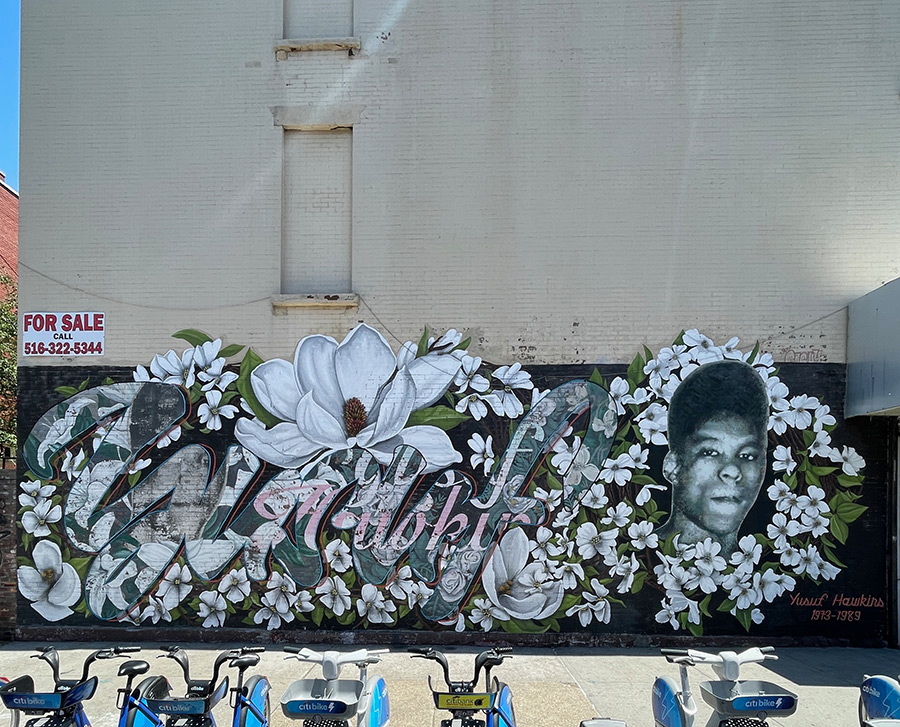
Author of about a dozen novels, Jonathan Lethem’s work has been translated into thirty languages. He’s been the recipient of the National Book Critic’s Circle Award, The Berlin Prize, and a MacArthur Fellowship, among other awards. Lethem excels at merging highbrow literary techniques with pop culture elements, creating intellectually engaging and entertaining narratives. Sharp, wry humor distinguishes his work, making him a good fit for BSA readers.
“As children in New York City in the 1970s, we were born into a world covered with paint. Walls, baseboards, moldings, even radiators might be six or seven layers deep with it, architectural edges and corner blurred into globs, approximate shapes. Sometimes you’d find paint over old black-and-white checkerboard tile on the floor of a bathroom, or covering leaky pipes beneath a sink. Old landlord strategy: Throw on another heavy coat. It might be holding the building together.” ->> Click to read the full essay here.
 BROOKLYN STREET ART LOVES YOU MORE EVERY DAY
BROOKLYN STREET ART LOVES YOU MORE EVERY DAY